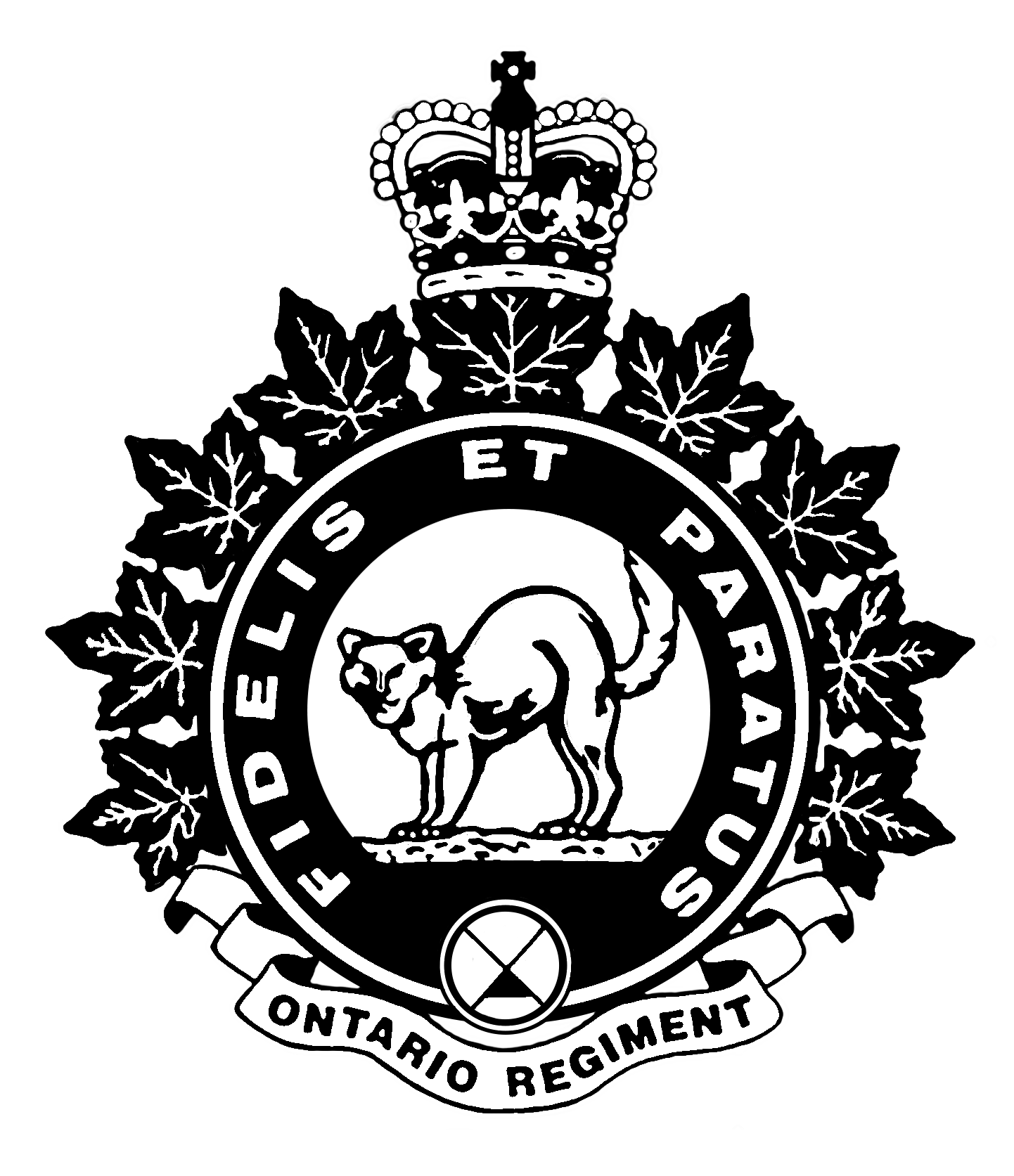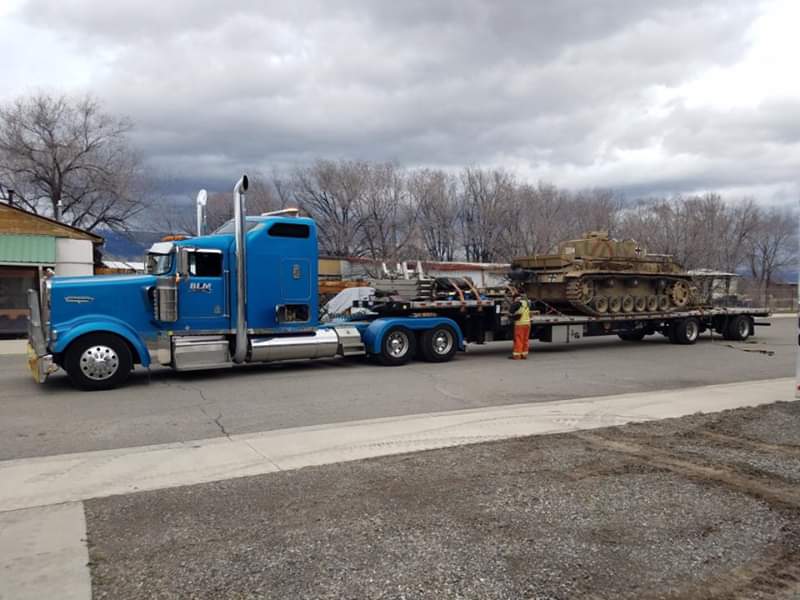
Earlier, the museum took delivery of the newest member of the fleet, an extremely accurate reproduction of a mid-war Panzerkampfwagen III, more commonly known as the Panzer III Ausf J.
By 1934, the plans for the Panzer III were ready. However, the tank development teams believed that Germany would not enter another war until 1943 and so was late. The Panzer I was intended for training only and came off the assembly lines in 1934. The Panzer II was designed for training/reconnaissance and so was up-gunned and up-armoured but still designated a “Light” Tank. Some experts believe that it was rolled out as a stopgap measure until the German Industry could ramp up to production of the Panzer III. The Panzer II entered service in 1936.
After World War 1, the Treaty of Versailles prohibited Germany from operating or developing any tanks or military aircraft. This did not stop German interest in tank (or aircraft) development. German tank development and research into tactics went underground. Tank development was disguised as “Industrial Tractors”. As early as 1922, German officers were secretly training in the Soviet Union. Later. dummy tanks and armoured cars were used to experiment with tank tactics.
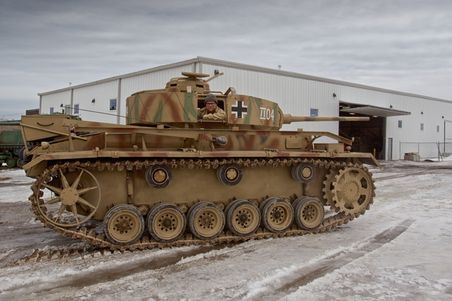
The Panzer III was intended to be Germany’s first line battle tank. It was designed as a medium tank and some consider it the best tank of the early war period. Designed in the early 1930’s, it entered production in 1937 and was first deployed in action when the German Army entered Poland followed by action in France. It was initially designed to weigh 24 metric tons with a top speed of 35 kmh. Compared with other vehicles of the era, it was remarkably well designed for crew comfort and ergonomics. Tactically, it teamed up with Panzer IVs. The Panzer IIIs would act in the anti-armour mode and the Panzer IVs would support the infantry. Interestingly, theses roles reversed later in the war as technology advanced. Although outclassed by many medium tanks at the time, German logistics, tactics and the fact that the Panzer III mounted a three-man turret rather than a single man turret (requiring the commander to command, load, and fire the main armament) meant that it tended to be successful even when technically inferior. The first mass produced Panzer III was the Ausf E (Model E).
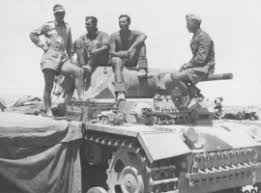
In France, the largest negative factor was the lackluster performance of its main gun (the 37mm KwK 36L/40) against the heavier armour of other medium tanks. This was quickly upgraded to a Panzer III Ausf F with a 50mm gun (KwK 38 L/42) in time for service in North Africa. Panzer IIIs had success in North Africa where they first arrived in February 1941, With a mix of Panzer I, II, III (Ausf G, H; which could defeat any British armour at the time) and a small number of IV; Rommel was able to push the British back all the way to Egypt until newly arrived Matilda IIs, Grants, and Shermans changed the tide of battle towards the British. Under General Kesselring in Tunisia (1943), the Afrika Korps was re-armoured with Panzer III Ausf L and M (along with a few Tigers) but the entry of the Americans signalled the end of the desert war and what was left of the Afrika Korps escaped to Sicily before the start of 1944.
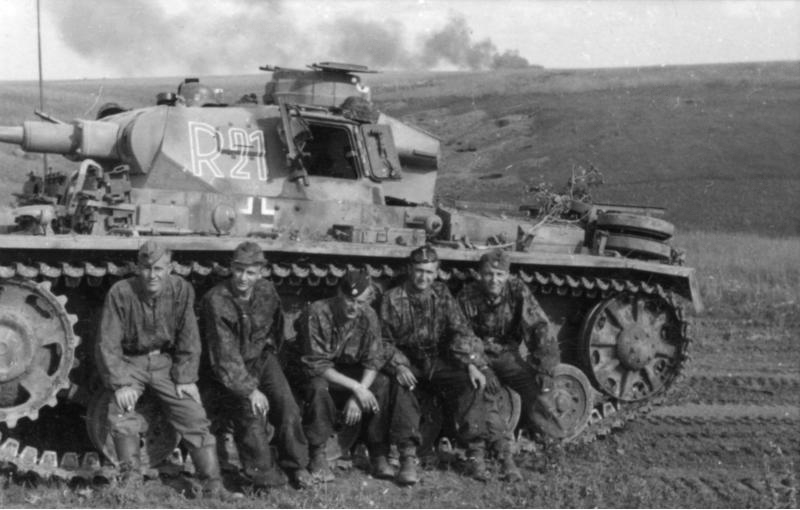
The Panzer III served on the Eastern Front against the Soviet Union. For the early part of the conflict, most of the Soviet tanks were older, lighter BT-7s and T-26s. Both types could be defeated with the 50 mm gun. However, later KV-1 and T-34s were immune to the Panzer III guns. The Panzer IIIs also struggled in winter when the petrol engines would freeze, and the narrow tracks proved insufficient for the snow and the mud.
The final versions of the Panzer III were the Asuf M and N, which had improved guns (KwK 39 L/60), improved armour, side skirts, and improved AP ammunition. They were used to advantage in the final defensive phase of the war.
The last Panzer IIIs came off the assembly line in August 1943. They were built from 1934 to 1943 and 5,774 (of which there were 14 different versions and multiple variants) were completed. This is not to forget the Sturmgeschütz III (StuG III) which was the same vehicle but in a turretless assault gun configuration. It is believed that over 11,300 StuG III were built making the Panzer III/StuG III family the most built armoured vehicles by Germany. Many older Panzer III and IV hulls were modified into other support or artillery vehicles. (Tip; to determine if the base hull is Panzer III or Panzer IV – Count the roadwheels and divide by 2. Panzer III has six (6/2=3) and Panzer IV has eight (8/2=4).)
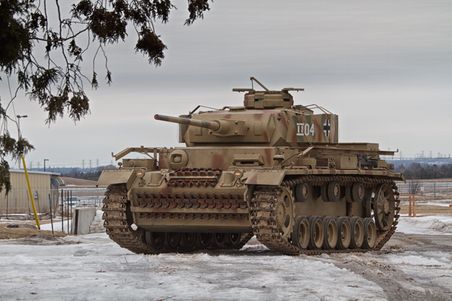
The museum has a reproduction Panzer III Ausf J. Currently, there are approximately 17 Panzer IIIs displayed in Museums around the world with three (Bovington, Kublinka, and Munster) in running condition.
The museum’s Panzer III is an exact replica of a German Panzer III with original parts or parts cast from originals and built to the same measurements and specifications. It was built by Randy Beard of PanzerFabrik in Colorado for the Saints and Soldiers movie series. It is highly accurate both inside and out and was built using original engineering documents and plans.
A very good video of the vehicle behind the scenes of the movie Saints and Soldiers: The Void can be found at https://youtu.be/GNiDWzWjKrA.
The Museum’s Panzer III is on permanent loan from the Duffy Historical Collection.
Our Panzer III will be on display and going through its paces at Aquino Weekend; 8-9 June 2019.
Matt Liness
Webmaster, Ontario Regiment Museum

